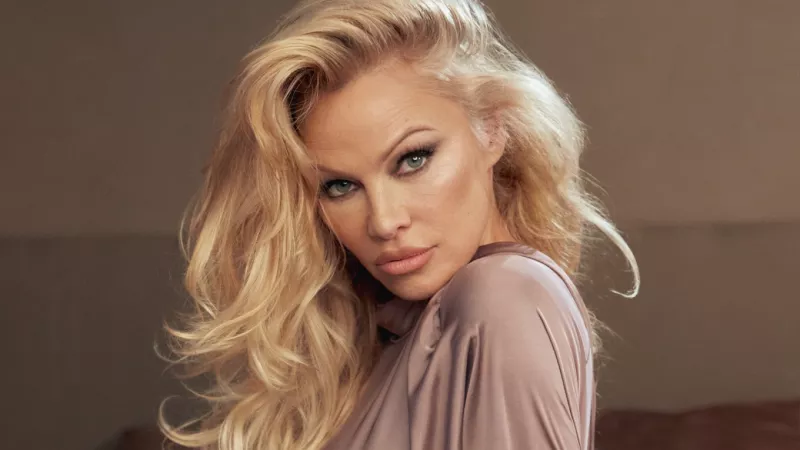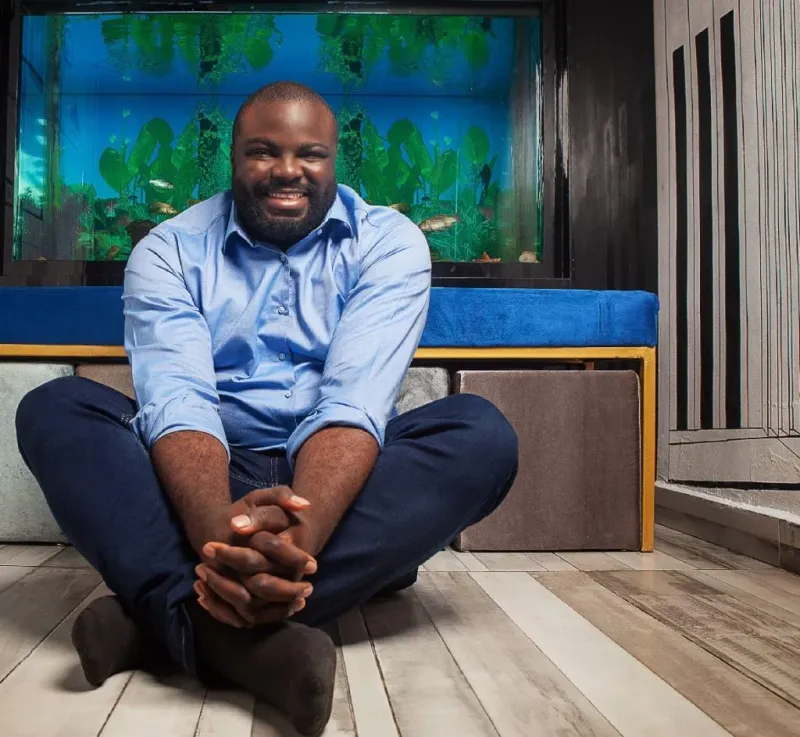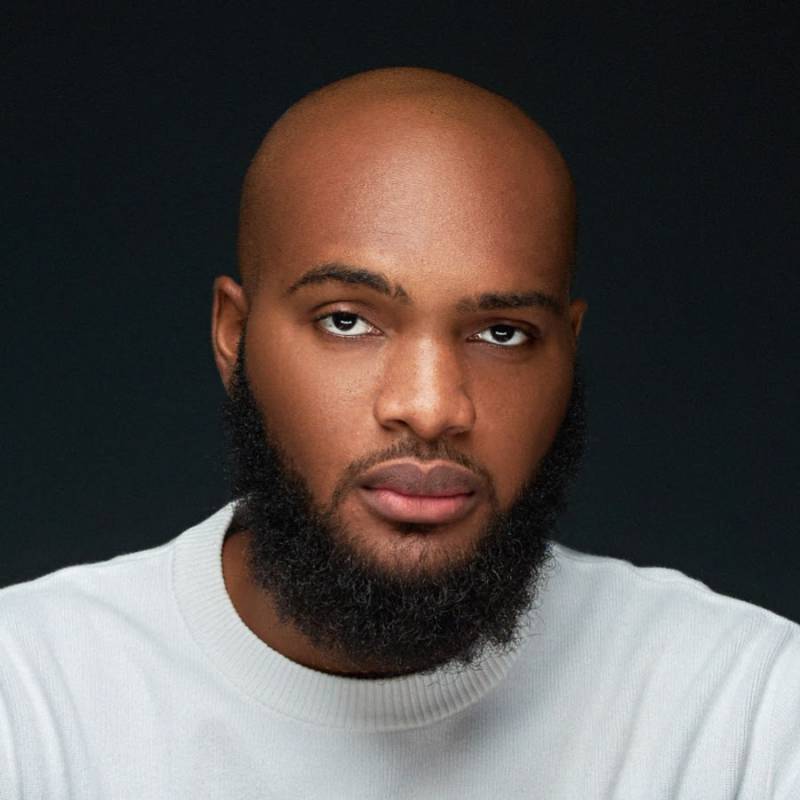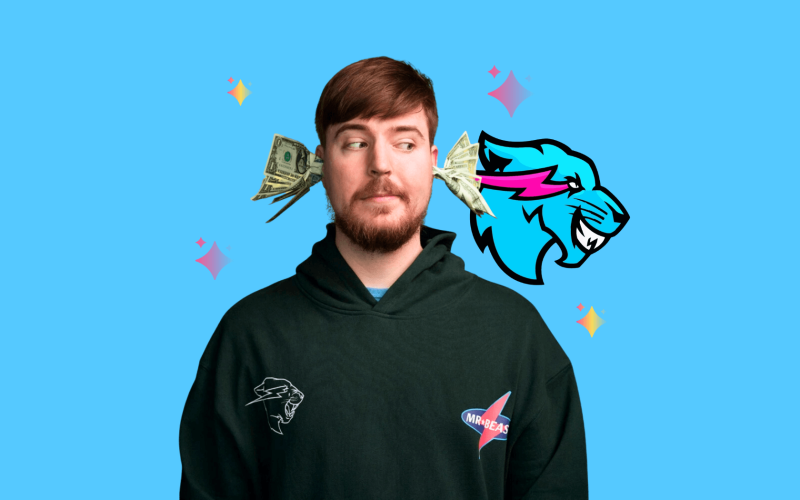On the first day of shooting “Home Improvement” in April 1991, Pamela Anderson emerged from her dressing room on the Walt Disney Studios lot and found series star Tim Allen loitering in the hallway in a bathrobe. This seemed normal to the 23-year-old budding actress, but it wasn’t. “He opened his robe and flashed me quickly — completely naked underneath,” Anderson writes in her soon-to-be-released memoir, “Love, Pamela.” “He said it was only fair because he had seen me naked. Now we’re even.”
“I laughed uncomfortably,” she writes.
The incident, which unfolded just 18 months after Anderson left her small-town home on Vancouver Island and quickly became a Playboy goddess (which is how Allen saw her naked), offers a window into the liberties people have taken because they think they know her. The Allen encounter reflects a pattern, in fact, that continued right up until last year, when a group made up of mostly male producers (led by Seth Rogen) felt entitled enough to bring forth a Hulu series about a crime perpetrated against Anderson: the theft and distribution of a videotape that contained footage of her and her then-husband Tommy Lee having sex. It happened during the very early days of the internet, and it changed our perceptions about celebrity and privacy. Naturally, no one asked if Anderson was OK with the series.
So Anderson is no longer laughing, uncomfortably or otherwise. Instead, the “Baywatch” star, who is 55, is taking back her narrative. On Jan. 31, two high-profile projects will launch — the Netflix documentary “Pamela, a Love Story,” directed by Ryan White and produced by her 26-year-old son, Brandon Thomas Lee; and the HarperCollins memoir, featuring haunting vignettes about sexual abuse and jaw-dropping anecdotes like the Allen encounter. (Allen tells Variety in a statement, “No, it never happened. I would never do such a thing.”)
What’s refreshing about “Love, Pamela” is that, despite very consciously reclaiming her power, Anderson doesn’t tell her reader how to think. In the hands of another celebrity, the Allen anecdote would have come with a swift verdict. But Anderson just states the facts and lets the reader decide. “I’m not a very judgmental person,” she says. Later on, she sends me a text: “Tim is a comedian, it’s his job to cross the line. I’m sure he had no bad intentions. Times have changed, though. I doubt anyone would try that post #MeToo. It’s a new world.”

For decades, the industry and the media have mistaken Anderson’s introverted nature for vacuity. When she became an international superstar in the ’90s, playing lifeguard C.J. Parker on “Baywatch,” people associated her character’s New Age cheesiness with her own personality. And even though Anderson has published two other New York Times bestselling books and can quote at length from Proust and Walt Whitman, the bimbo image has stuck.
“Here’s this icon the world thinks they know,” says Netflix VP of independent and documentary film Lisa Nishimura. “The world has tried to create almost like a caricature of who she is. But there’s a depth to this woman and a definite intelligence that she’s ready to really own and to show the world.”
So on a cold and rainy January morning in a bungalow at the Beverly Hills Hotel, Anderson slowly dismantles the myth that she is a one-dimensional sex symbol in a red bathing suit who left behind a trail of failed marriages. Today, in a shapeless linen dress, her feet bare, pink reading glasses atop her head, she says bluntly, “My life has been much more meaningful than a fluffy hat or a sex tape.” A random baby in the next bungalow cries, and she gets up and slides open the curtains to investigate. She turns back to me and adds, “There’s more to me than that.”
Thirty-three years ago, Anderson arrived in L.A. from Canada, a 22-year-old kid escaping an abusive fiancé. Playboy was footing the hotel bill as well as her first-class airfare, hoping that the fresh-faced Labatt’s beer girl might be a potential cover model for the February 1990 edition. In fact, the Playboy scouts had done well: Over time, Anderson would become the next North American bombshell, like Marilyn Monroe before her, and one of the most recognizable women in the world, thanks to a record-setting 11 Playboy covers and “Baywatch.” Along the way, she’d inadvertently usher in the modern tabloid era, with the intrusive glare on her marriage to Lee and that pilfered sex tape that “ruined lives,” as she tells it. Nearly three decades after that debacle upended her marriage, Anderson was forced to relive the indignity with “Pam & Tommy.”
But Anderson isn’t bitter; she’s even extended an olive branch to Lily James, who plays her in the series. “I said to Netflix, ‘I’d love to invite Lily to the premiere of the movie,’” Anderson says, balancing a piece of toast topped with peanut butter on her palm. “I think it’s hard to play somebody when you don’t know the whole picture. I’ve got nothing against Lily James. I think that she’s a beautiful girl and she was just doing the job. But the idea of the whole thing happening was just really crushing for me.”

For better or for worse, “Pam & Tommy” became a pop culture sensation and scored 10 Emmy nominations, putting Anderson firmly back into the public eye. Even as the media clamored for her reaction to the series, she remained mum, having already moved back to her tiny hometown of Ladysmith on Vancouver Island. “Assholes,” she says when asked to describe the people behind the Hulu series. “Salt on the wound. … You still owe me a public apology.” She hasn’t watched a single minute of the show, but she couldn’t escape the billboards promoting James in prosthetics and Sebastian Stan as her heavily tattooed, pierced partner. “It just looked like a Halloween costume to me,” she says.
These days, Anderson is living the mirror version of her 22-year-old self. She wakes up at 4 or 5 a.m., around the same time she used to head home after a night of partying with Lee. She bought the property in Ladysmith from her grandmother decades ago. Her parents take care of her five dogs — adopted from all over the world — when she’s traveling. She’s alone for the first time since she can remember. No famous man with whom to share the remote control. “I’m retracing my childhood steps,” she says. “The trees have known me since birth. My feet touched the ground first where I’m living now.” It’s where she wrote “Love, Pamela.” “I like to call the book my Hail Mary,” she says. “It was important to go back and see what I remember and tell one whole story.” “Love, Pamela” is “Fabelmans”-esque in its ability to capture the wonders of childhood in a temperate rainforest abutting a beach, at the same time that it illuminates the pain that Anderson and her younger brother endured while witnessing parental betrayal — in this case her father physically abusing her mother. (The couple, in their 70s, separated when their children were small; they later reconciled and now live together on Anderson’s Ladysmith property.)




